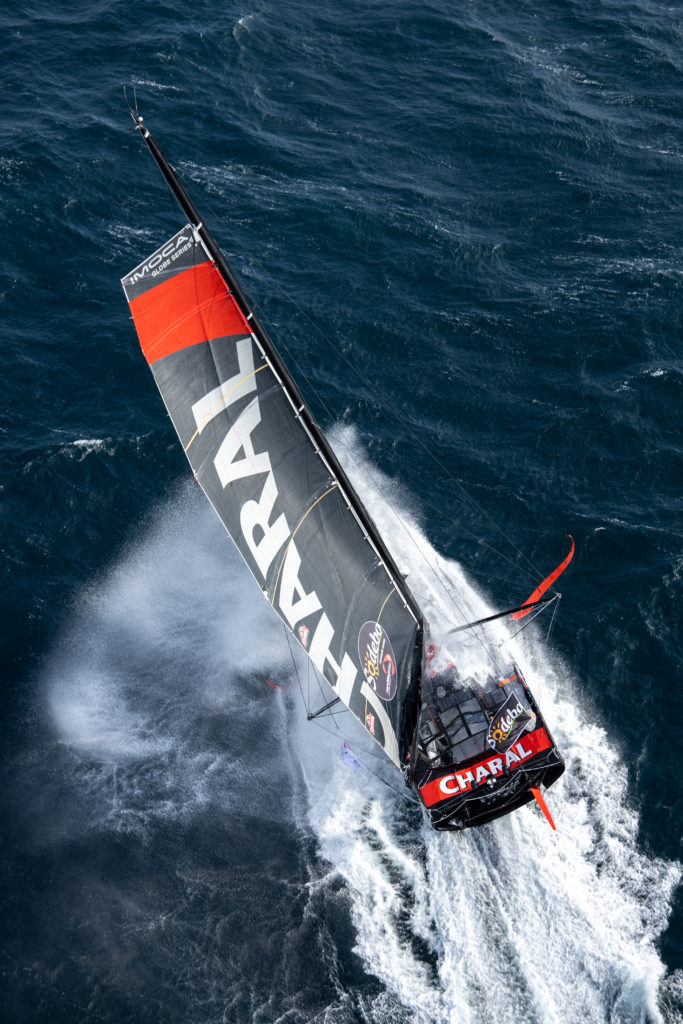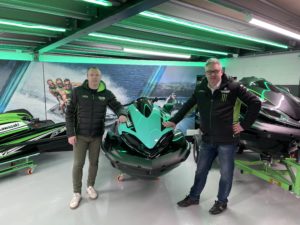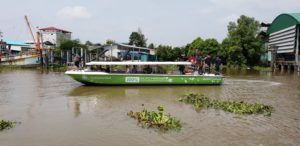Is maritime pollution the overall winner of the Vendée Globe?
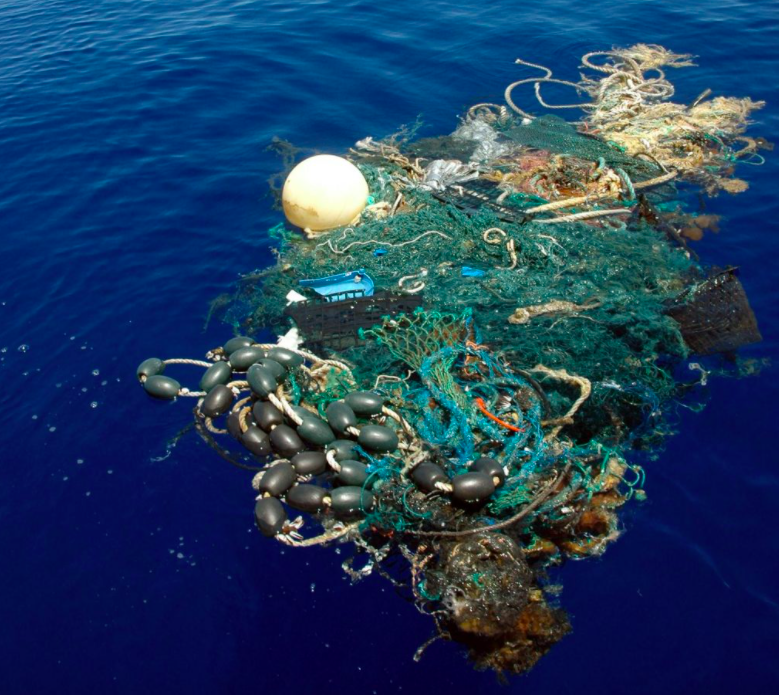
An online debate about the safety of the Vendée Globe and the extent of damage already experienced is raging.
Although, no doubt, investigations will take place post race for Alex Thomson’s Hugo Boss, Sébastien Simon’s Arkea Paprec, Sam Davies’ Initiatives Coeur, Thomas Ruyant’s LinkedOut and Jérémie Beyou’s Charal who’ve all hit UFOs, MIN has rounded-up the armchair diagnostics below.
But first, Patrick Haebig, marketing & business development for Oscar, says his company knew collisions were going to happen.
Oscar an electronic safety aid which uses thermal cameras to spot floating debris, is onboard 18 of the Vendee Globe fleet.
“We knew it was going to happen,” says Haebig, as “the remedy for these weather conditions will never exist.” He’s talking of the renowned sea state in the Southern Ocean.
“It becomes obvious for us who sit in comfy chairs everyday, that those conditions are very severe,” Haebig says.
“Oscar is an optical collision system, to detect objects floating on the surface. It looks from the mast down on ocean surface.”
The system can see floating objects that sticks out of the water surface. “But with an object with a flat surface – like a plastic foil that’s submerged – it’s trickier to see,” Haebig says.
And that’s not the only challenge.

“Oscar can see in good weather conditions, but where they are now? That’s very high waves. The limits of Oscar are physical limits. Waves’ height will hide what’s behind them. If skippers are travelling at high speed, and the distance [of sight] is small, it’s nearly impossible for Oscar to see.”
Haebig is keen to point out that Oscar is on its first circumnavigation of the globe and it’s about learning.
“The skippers are all aware that the system is in development,” he says, “and they’re taking it now to collect data to make it better for after the race – its going to areas of world its never seen, and will see objects its never never seen before. It’s even collecting colours of the sea.”
When the fleet returns the team will process and annotate the collected data to feed its database. That can only take place at the end as the data after a single week, onboard one boat, represents terabytes and terabytes, Haebig says. There simply isn’t a connection good enough to share it live.
Maritime pollution the big winner?
It’d be useful to be able to unpick accidents as they happen instead of speculating. But, as that’s not yet possible, maritime pollution is being hailed by some as the ‘big winner of this VG’.
According to one social media commentator, maritime pollution is ‘stronger than the best’. And because of this, believes another, ‘this race and all others is becoming a total ‘luck lottery’, mainly thanks to our inability to keep crap out of the oceans’.

In a week that saw a record number of containers lost in a stormy weather event in the North Pacific – estimated at some 1,900 – speculation abounds as to whether previous containers are the cause.
‘It’s impossible to recover the containers overboard,’ a seaman explains, but it’s not generally regarded as the likely cause for Davies or Simon’s misfortunes, given the damage is much less than what would be anticipated if a foiler hit one at speed.
‘If it was a container she would have been sinking,’ one commentator notes about Davies predicament. ‘More likely floating woods. I understand floating containers are a very impressive image, but trunks are much more common and, therefore, dangerous’.
The amount of tree trunks in the oceans are noted by several, specifically after 2020s wild weather.
‘It shows that our seas are just filling with more and more debris which will wreck racing for all of us sailors but even worse for the planet as a whole,’ says another.
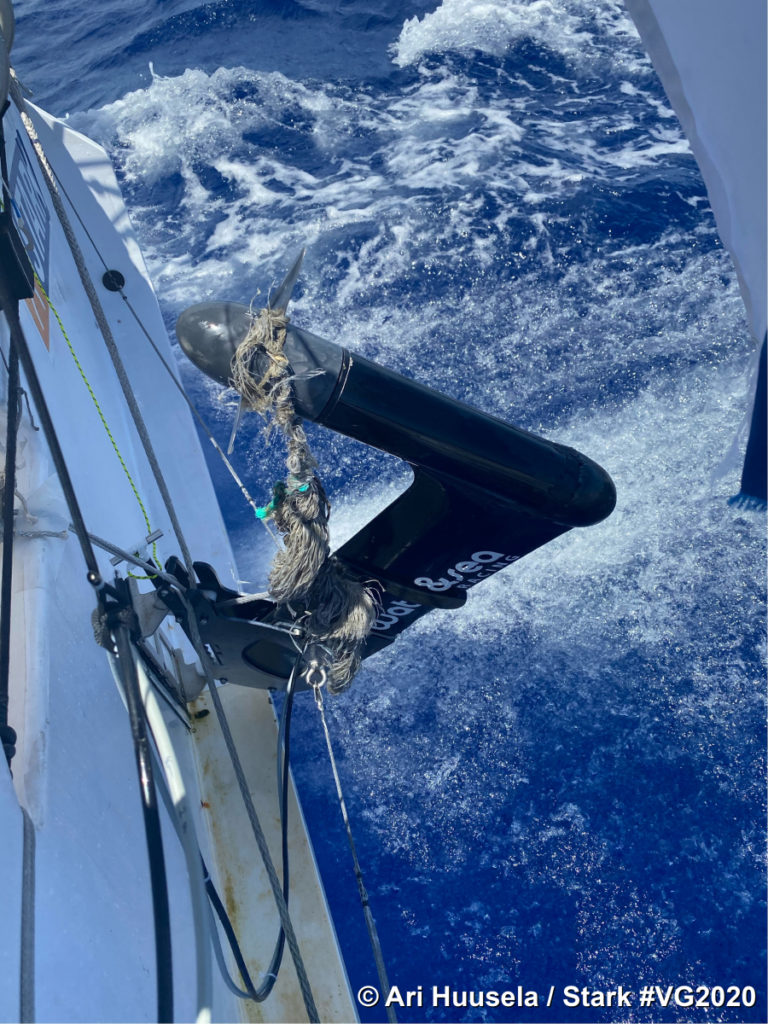
Obviously discarded fishing gear causes consternation, especially as Thomson mentioned it caught around his rudder.
Ari Huusela Stark recently shared image of rope tangled around his water turbine (2Dec20).
There’s ‘lots of focus on the containers, but in a few thousand sea miles, I’ve never encountered one (thank God!),’ says a facebook post. ‘I have seen countless mats of tangled commercial fishing gear that aren’t as spectacular as a container, but would absolutely put a helluva load on a foil/rudder/rig if contacted at speed.’
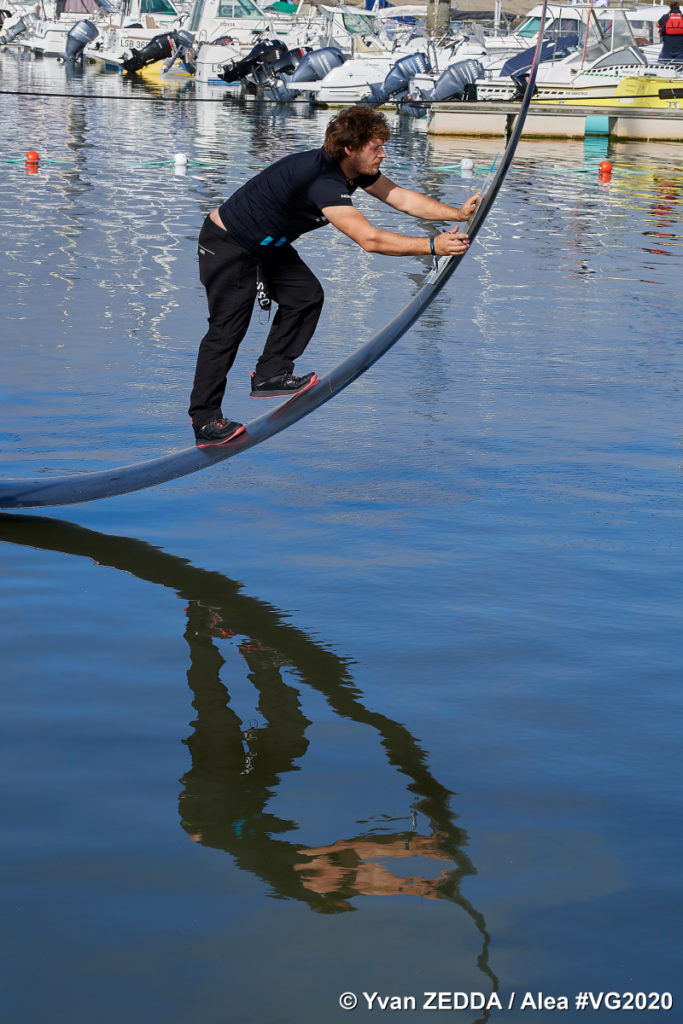
The design of the latest high-speed foilers is examined at length.
As in all super sports, the IMOCAS are getting quicker and lighter. Foils make them wide with monohulls now stretching nearly as wide as trimarans – the surface ploughing through the sea is enormous.
One commentator calls it ‘criminal to sail with these toys in the oceans.’
‘Carbon fibre is super light and super strong, but brittle. The repeated pounding they take, especially in crossing seas and heavy weather, means those heavier, older, non-foiling boats may actually be better suited to the course,’ says another leading to the obvious comparison between the tortoise and the hare fable as the competitors are now decisively split by boat design (as expected).
The latest designs are great boats for sailing ‘a closed, controlled course. But clearly these types of boats are being proven unseaworthy for the task,’ says one social media post while another points out that ‘at the speed that they are cruising, hitting a large fish or marine mammal may also do damage to the fragile foils and rudders, and maybe also the structure of the bow. Generally it seems to me that these boats are not really fit for these conditions, after serious damage on five boats.’
There is a call for ‘experts’ to ‘reevaluate the balance between technology and safety’ while another commentator says ‘these boats are now so quick, that a collision with a UFO is really bad. At slower speeds, little damage is done. These foils and exposed rudders are very vulnerable.’
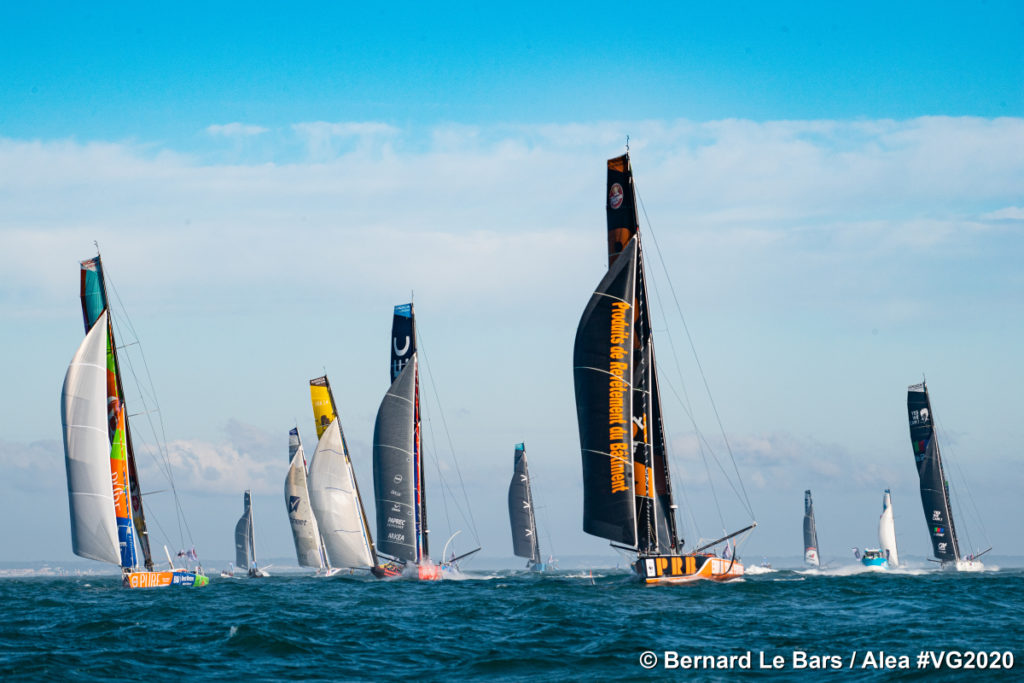
“We have boats that go faster and faster, which means that in the event of a collision there are more consequences,” Kévin Escoffier, PRB, said prior to the race start. “Also, our boats have become wider and wider with the foils, increasing the chances of hitting something, so if there is a system that can reduce the chances of a collision then we must have it onboard.”
But, as one commentator suggests, there is ‘no clear evidence that these boats are hitting garbage. It’s possible that the stress loads are too high for these lightweight IMOCAS. The Hugo Boss boat had major structural failure just from pounding waves, and the PRB boat snapped in two.’
‘PRB didn’t hit anything at all, he broke in half by planting himself in a wave on surf at 27 knots,’ agrees another.
No doubt in due time we’ll learn whether objects, design or plain old fashioned bad luck caused each of the incidents. And in the meantime? Catch-up with the latest events in the Vendee Globe as they unfold.



